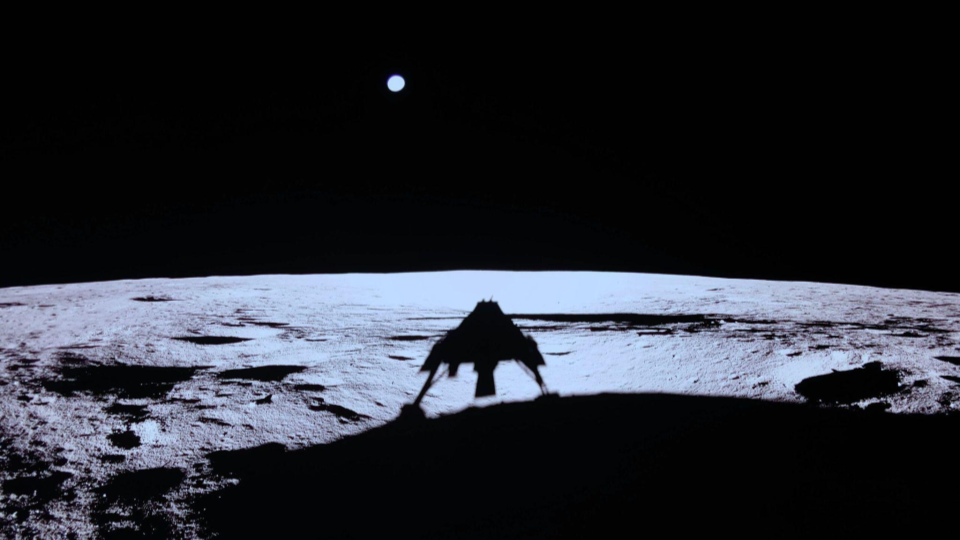
Space exploration is at a weird point in its development. Some tasks, like launching small and medium-sized satellites to low earth orbit are now as routine as overnight shipping. At the same time, landing things on the Moon somehow seems to be harder than it was in the 1960s, as mission after mission doesn’t quite nail their landing.
In this kind of a moment in time, you might expect lanches to be just another contracted activity, while significant research and development money is invested into the innovations necessary to make Lunar landings look easy.
At least that’s what I would expect.
But that isn’t exactly what’s happening.
In 2018, NASA shifted to offering contracts to commercial companies to deliver instruments and things as advanced as the VIPER rover to the Lunar Surface. These contracts would only cover costs associated with the NASA instruments and are not meant to fund innovation, so much as to inspire companies to make the lunar surface the next frontier in capitalism. That may sound a bit harsh, but I’m not sure how else to put it. These are commercial companies that have to come up with their own ways to make a profit going to the Moon.
And in this environment where NASA doesn’t pick up the entire bill, we’re seeing less success than has been present in past exploration where corporate cost overruns got covered by NASA’s budget. Those past full cost-plus-fee contracts meant that when engineers realized that building Mars Curiosity was a whole lot harder than anticipated, they had the funding they needed to figure out how to make everything work.
Now, it is venture capitalists and other corporate funders who are watching the bottomline and demanding exploration on a budget.
In our last episode, I recorded a coda that covered the failures of Intuitive Machines second lander and Starship’s 8th launch. These are both commercial endeavors, and both companies seem to be having issues getting everything to work as require.
With Intuitive Machines second landing attempt, we saw the lander fall over for the second time. Like with its first attempt, it had a failed altimeter and wasn’t entire sure of where it was relative to the lunar surface. It’s reported the mission landed, fell over, kept firing it’s engines, skittered on its side across the moon, and ultimately ended up in the bottom of a dark crater covered in lunar dust, like a baseball player that slid past home plate on a dusty summer day.
While all the experiments and two rovers on board called home that they were ok, Intuitive Machines was unable to deploy them to the lunar surface. Within a day, the mission was out of power and dead in a cold dark shadow.
What was on board? The tiny Japanese Dymon company’s Yaoki rover, NASA’s PRIME-1 with the much awaited TRIDENT drill, and a variety of smaller instruments and experiments from universities like MIT, companies like Nokia Bell Labs and Columbia Outerwear, and more. All dead with very little data collected. Instead of exploration of a permanently shadowed crater, we got an image of the Earth rising up between the lander’s legs.
So far we’ve seen Astrobotics Peregrine fail in orbit, Intuitive Machines’ two landers fall over, the first iSpace lander somersault, Israel’s Bereshit crash, and many other nations governmental landers crash. The bright points of success are China’s Chang’e program, India’s Chandrayaan program, and one little commercial lander, Firefly Aerospace’s Blue Ghost.
Did you know that a blue ghost is a kind of firefly? I learned that by accident, and it brings me joy.
As this mission has brought so many of us joy.
I was actually able to see Blue Ghost and the second iSpace mission launch while I was in Florida earlier this year. The iSpace lander will be landing in a few weeks, and if it also succeeds, I would like to argue that I need to attend all lunar launches as a good luck charm.
All joking aside, Blue Ghost just worked, and it’s landing cameras allowed us to see amazing dust interactions as the landered fired its engines to slow its descent. It landed right where they planned, and the image they have of their own shadow captures their wonderfully upright orientation. Blue Ghost didn’t carry any rovers, but it did have 10 different NASA payloads that all completed their mission goals, including drilling into the lunar surface and imaging a solar eclipse with the Earth blocking out the Sun. Other mission highlights include acquisition of signal from Earth’s Global Navigation Satellite System, a brief study of how the Earth’s Magnetosphere interacts with solar wind, measurements of the Moon’s magnetic field, my favorite experiment, an electronics package designed to remove lunar dust using an electromagnetic field.
On March 16, after 14 days of science, the Moon’s rotation carried the lander into shadow. While it is possible it will wake up when the Sun rises, that isn’t expected.
Firefly Aerospace already has plans for their second lunar mission. Sometime in 2026 Blue Ghost 2 will be landing on the Far side of the Moon. Here is to hoping that lander 2 is just as successful.
